The Rudraksha tree, which is cloaked in mystery and revered by countless people seeking enlightenment, is found at the centre of ancient traditions and spiritual wisdom.
The Rudraksha tree and its sacred beads have enchanted the curious and devoted for millennia. They are tucked away in the Hindu cultural tapestry and are accepted by spiritual seekers all over the world.
Join us as we set off on a spellbinding journey within the Rudraksha tree’s interior, where myth and spirituality collide to uncover the mysteries of these enigmatic beads and the plant that sustains them.
Our investigation of the Rudraksha tree promises to be an intriguing and illuminating journey, regardless of whether you are looking for spiritual enlightenment, a lover of botanical marvels, or are just interested in the world’s most sacred tree.
The Rudraksha Tree: An Overview
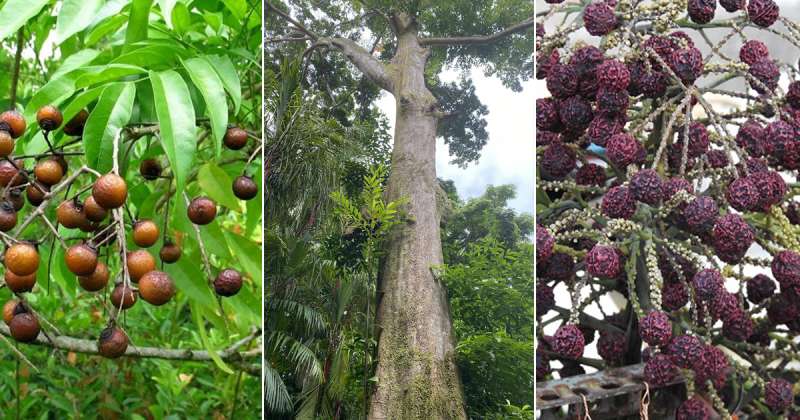
The Rudraksha tree, also known as Elaeocarpus ganitrus, is a revered and mystical tree deeply connected to the spiritual and cultural fabric of India and Southeast Asia.
Have you look at ek mukhi rudraksha.
What is a Rudraksha Tree?
A Rudraksha tree is a rare and cherished plant that is usually found in the Himalayan region, although it may also be found in Australia, some parts of Southeast Asia, and the country of Indonesia.
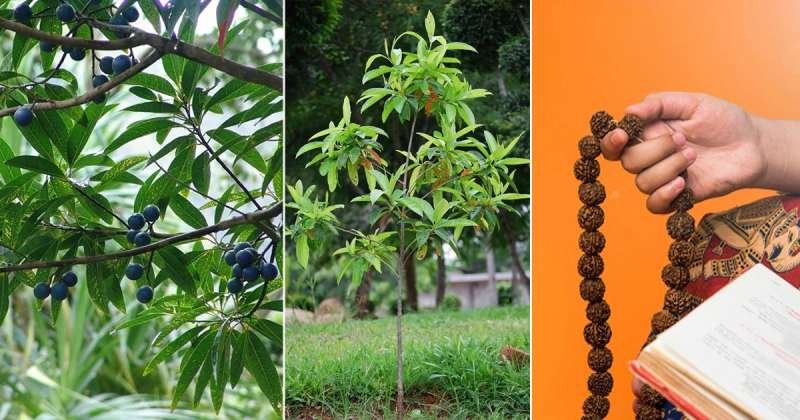
The phrase “Rudraksha” is an amalgamation of the Sanskrit words “Rudra,” which is among Lord Shiva’s many names, and “Aksha,” referring to the “eye.”
Rudraksha beads, a special spiritual tool with numerous facets or “mukhis” on their surface, are made from the Rudraksha tree. For generations, people have used these beads as tools for prayer and meditation because they think they have healing properties.
Historical and Spiritual Significance
The Rudraksha tree is a divine tree with remarkable powers, and its beads represent devotion and protection. It is respected in ancient Indian texts like the Vedas and Upanishads.
In Hinduism, rudraksha beads are revered and linked to Lord Shiva; they are thought to represent his heavenly might and compassion.
They improve introspection, focus, and tranquility. Mukhi Rudraksha beads are excellent tools for spiritual seekers because of their variety of impacts on the mind and body.
You can also look at cancer and taurus compatibility.
Mythological Connections
The Rudraksha tree is closely linked to Lord Shiva and Goddess Parvati in Hindu mythology. According to a myth, Rudraksha trees and Rudraksha beads were created when, after years of meditation, tears of compassion dropped to the ground.
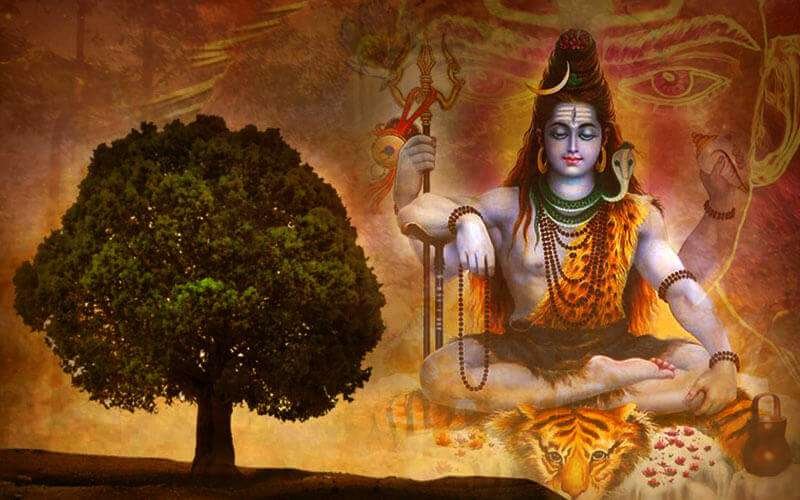
A Rudraksha mala is worn by Ravana, a devoted servant of Lord Shiva, to strengthen his spiritual abilities. Rudraksha is a demon king.
Due to its legendary associations, the Rudraksha tree is revered by people of many religions and traditions as a sign of divinity, protection, and spiritual development.
Read about – Libra and aries compatibility
The Anatomy of the Rudraksha Tree
The Rudraksha tree, scientifically known as Elaeocarpus ganitrus, is not just a spiritual icon but also a remarkable botanical specimen.
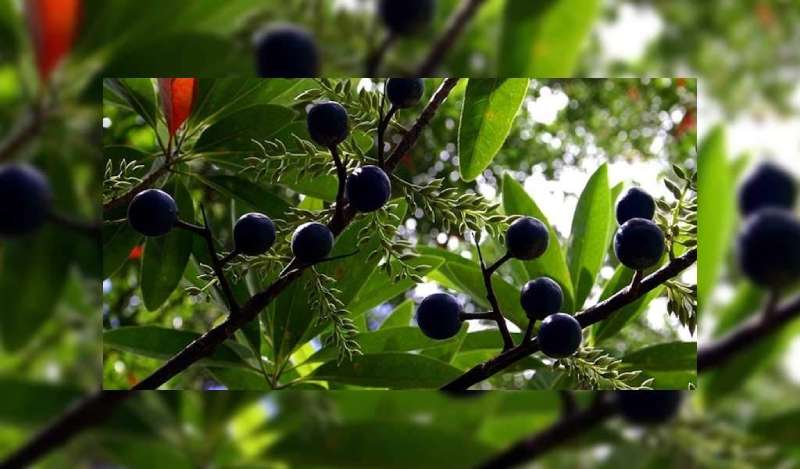
Understanding its anatomy is essential to appreciate its unique properties and the sacred beads it produces.
Botanical Features:
- A medium-sized evergreen tree, the rudraksha tree can reach heights of 20 to 30 meters. Here are some crucial botanical characteristics:
- The tree’s large, elliptical leaves, which are shiny, dark green, and have serrated edges, add to its visual appeal.
- Rudraksha trees produce fragrant, little white flowers that bloom in bunches and are frequently pollinated by bees and butterflies.
- The Rudraksha tree is well-known for its little, drupe-like “blueberries,” which have a distinctive blue hue when ripe.
- Rudraksha fruits have seeds that are used to make holy beads. These “mukhis,” or round seeds, have several aspects that affect their characteristics.
Here is leo and libra compatibility.
Lifespan and Growth Conditions:
The Rudraksha tree, which is indigenous to the Himalayan region, Southeast Asia, Indonesia, and Malaysia, has an extended life span of several decades to generations, making it an embodiment of spirituality.
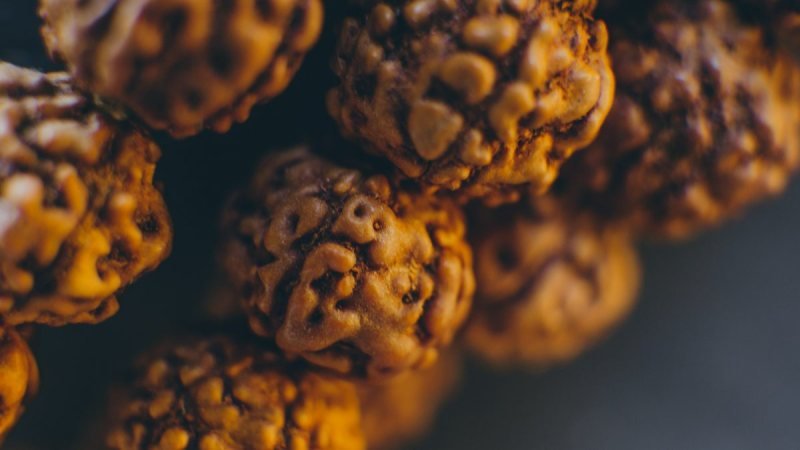
They prefer a tropical climate featuring high levels of humidity and modest rainfall, and can grow at elevations between 300 and 1,800 meters above sea level. Although they can adapt to various soil types, they Favor well-drained soil.
Rudraksha trees grow slowly; it takes them several years to bear its first fruits. Their development can be enhanced by proper maintenance and pest control, making them valuable for cultivation and conservation.
Explore more about – Cancer and sagittarius compatibility
Rudraksha Fruits and Seeds
Rudraksha fruits and seeds are notable for their usage in meditation and for their spiritual importance. Their seeds, which are often blue or bluish-black in hue and contain several facets or “mukhis” on their surface, are picked when they are ripe.
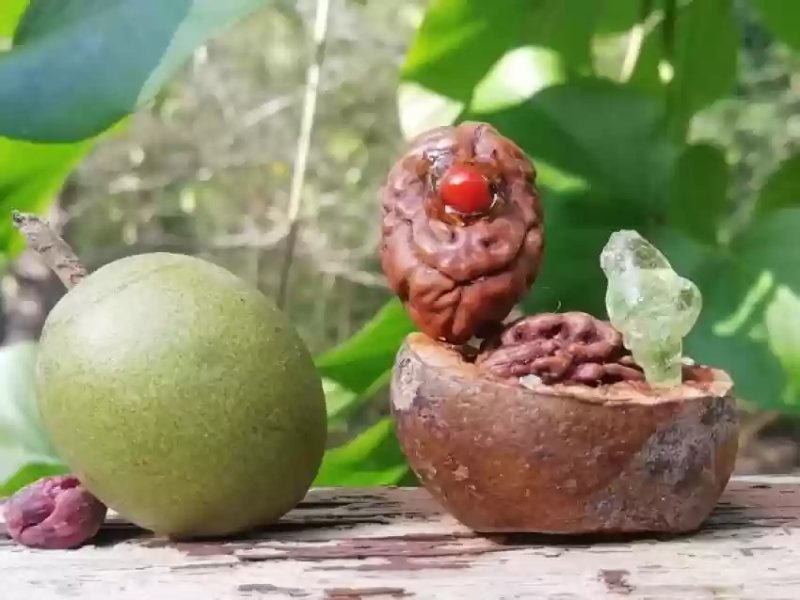
Every Mukhi is revered and thought to possess unique spiritual and therapeutic qualities. A seed’s kind and function are determined by the number of mukhis on it. While higher-Mukhi beads are more elusive and said to have more effective powers, a five-Mukhi Rudraksha is connected to serenity and meditation.
Also read about – Sagittarius and gemini compatibility
The Spiritual Significance of Rudraksha
Rudraksha beads are highly revered for their spiritual importance throughout the world, not just in Hinduism but also in several other religions and spiritual disciplines.
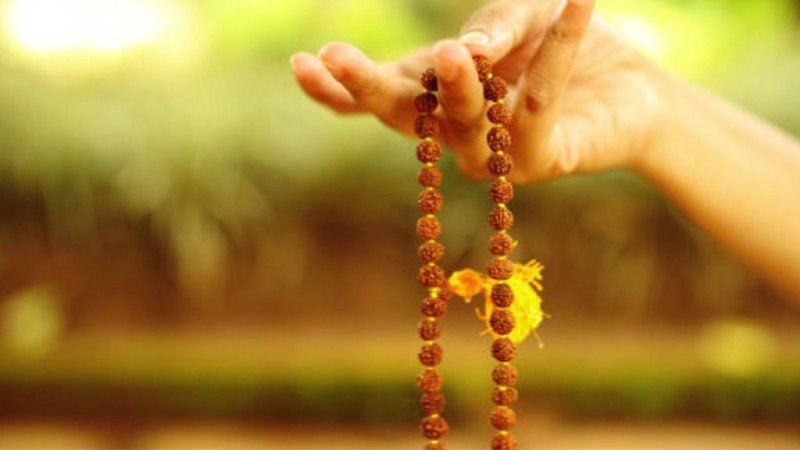
These beads are revered as sacred objects and are thought to have special spiritual qualities that strengthen one’s relationship with the divine and promote spiritual development.
Do read about gemini and virgo compatibility for your reffrence.
Rudraksha in Hinduism and Other Faiths
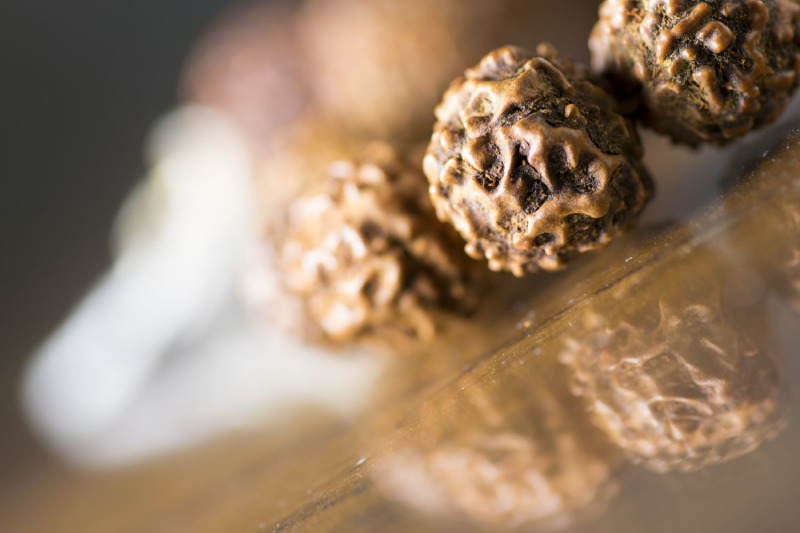
Hinduism: Lord Shiva, one of the main deities in the faith, is connected to Rudraksha beads in Hinduism. They are frequently known as “tears of Lord Shiva” and are said to have his heavenly power and blessings. Rudraksha beads are worn by devotees as a sign of their devotion to Lord Shiva and are used in prayer and meditation to enhance their spiritual experiences.
Buddhism: Rudraksha beads have significance in Buddhism as well. Buddhist monks and followers utilize them during meditation and prayer because they are revered. Rudraksha beads are thought to help Buddhists achieve a state of awareness and inner calm.
Sikhism: Rudraksha beads have made their way into Sikhism, albeit they are not as widespread as they are in Hinduism and Buddhism. Some Sikhs use Rudraksha beads to help them focus their minds and connect with the divine during their meditation and prayer rituals.
Other Religions: Rudraksha beads are used in religions other than Sikhism, Buddhism, and Hinduism. In numerous different spiritual traditions and new-age practices around the world, they have gained popularity and are now used. Rudraksha beads are worn by people of various faiths and belief systems to further their spiritual development.
Note –Pisces and aries compatibility
Rudraksha Mala: A Spiritual Tool
During meditation and prayer, a Rudraksha mala is a strand of Rudraksha beads used as a counting aid. It is frequently used for japa meditation, which involves constantly repeating a mantra.
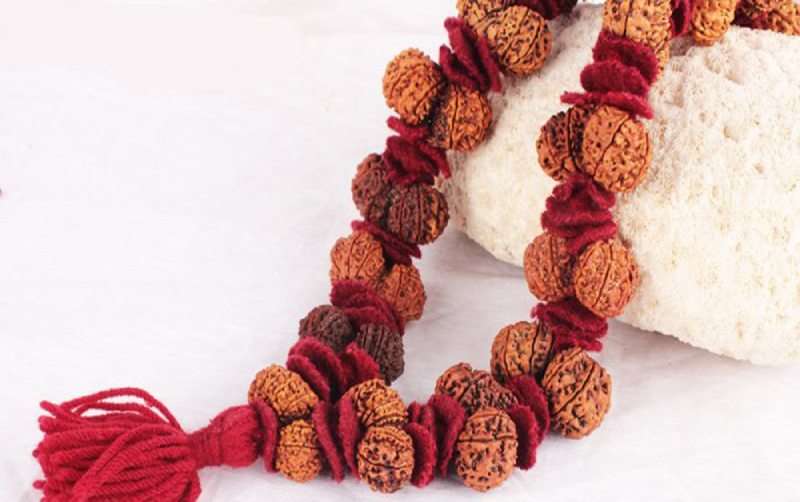
The mala doubles as prayer beads, counting each bead as an uttered prayer or affirmation that strengthens one’s relationship with God.
Rudraksha beads are said to surround the user with a shield of protecting energy, bestowing blessings, and protection. Additionally, people of other religions, including Hindus, use them to stay in touch with the divine.
Consider reading -
- Cancer and capricorn compatibility
- Leo and capricorn compatibility
- Virgo and pisces compatibility
- Gemini and capricorn compatibility


